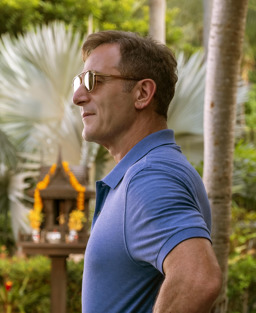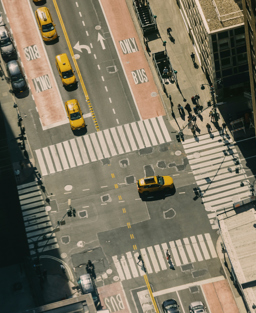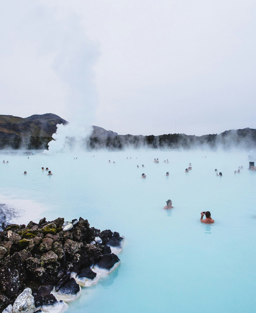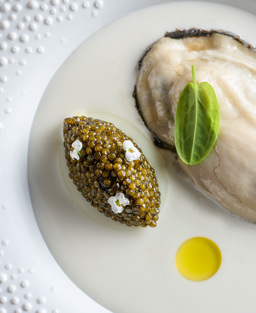

Cate Blanchett’s guide to Japan
Double Academy Award-winning actor and producer Cate Blanchett has admired Japan since childhood. As the creative director of Toku Saké, she gives High Life the lowdown on her go-to Tokyo haunts, her deep obsession with stationery and her young son’s first encounter with geishas…
Words: Agatha Zarzycki
Originally published on 01/05/2024
What ignited your passion for Japanese culture?
I’m Australian, so I grew up in the Asia-Pacific region, and my first best friend in high school – Mariko – is Japanese. After my father died (when I was ten), I was rummaging through his desk and found a book of haiku poetry… so I had these early nascent experiences with Japan that I didn’t even realise had registered with me.
I first travelled to Japan about 20 years ago, when I visited Tokyo and Kyoto. I worked for a long time with a Japanese skincare company, and went to all the saké breweries in Kyoto, because there was an ingredient in saké-making that they put into the skincare, and I became fascinated with the brewing process.
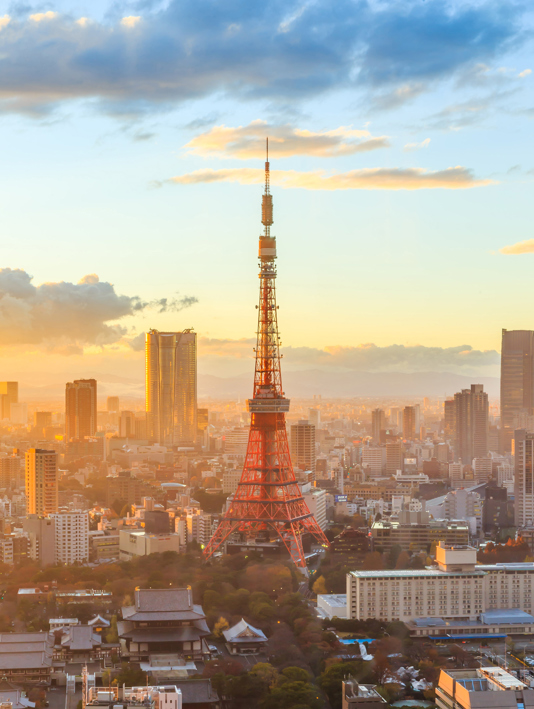

Toyko Tower in one of Cate Blanchett’s favourite cities; Blanchett at a Toku Saké event in London (Dave Benett). Opening image: Cate Blanchett by Tom Munro
Why have you joined Toku Saké as creative director?
When I first visited Japan, I met many tojis [master brewers], and became aware of the incredible skill they have. I thought, I’d love to develop a saké, and it’s been a passion of mine for 20 years. I love the quiet confidence and deep respect for craftsmanship, so it just was about finding the right partner. I had been speaking with a female saké brewer who had a very bespoke saké, but she wasn’t able to export. I had almost given up. Then through a friend I met Toku co-founder Anthony Newman, and I tried the saké.
What makes it so unique?
Like most people, my first experience with saké was with hot saké, which – nothing against it – is strong and robust. What I love about Toku is it’s not only from Hokkaido, Japan’s coldest prefecture, but it’s also from one of Japan’s coldest cities, Asahikawa. It’s so crisp and refined. Very few sakés are exported from there.
Through experiencing many different types of saké, I realised it has a communication challenge because there are myriad permutations. I finally tasted something that busts the myth that you can only enjoy saké with Japanese food. I grew up with Pacific Rim cuisine, which combines Asian cooking techniques, French refinement and lots of seafood, and this can be enjoyed in that way.
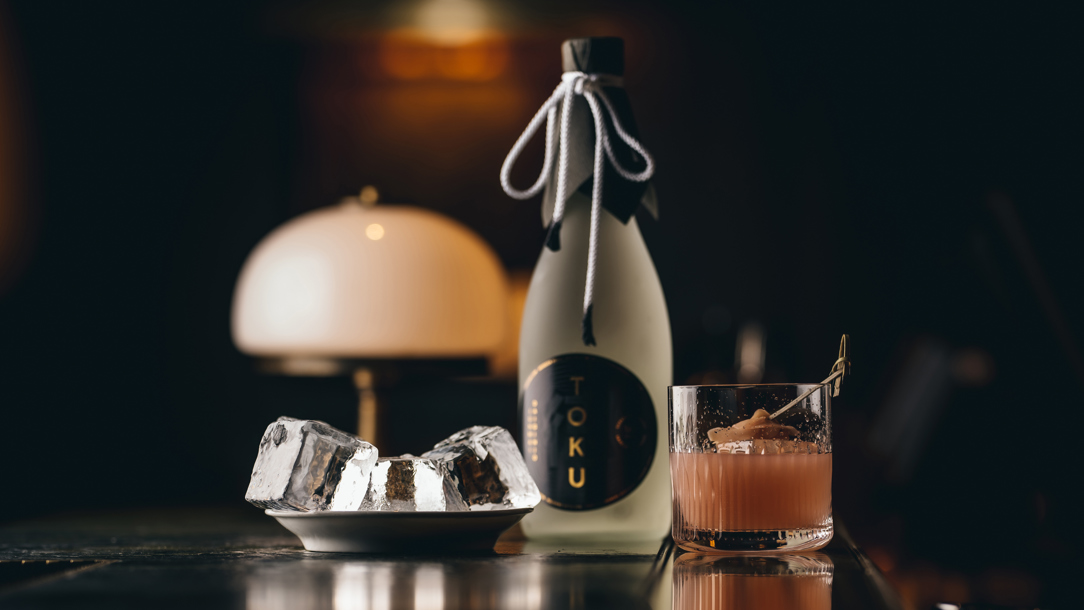
The Toji Old Fashioned blends Toku Saké with white miso syrup and a dash of Peychaud’s Bitters
What’s the most memorable night out you’ve had drinking saké?
I was in an old district of Kyoto with some geishas. The evening was organised through a friend. My son, who was very young at the time, was asleep behind a screen. He woke up because we were being quite raucous, and I’ve got this hilarious picture of him being held by these three geishas. It was very funny.
You have 24 hours in Tokyo. What are the three things on your list?
I know where I would end up. Jazz Spot Intro. It’s like a lot of places in Tokyo: small and you feel lucky to get a seat. In a way, you feel like you cease to be an individual: you’re part of an experience that is unfolding, and you never know who is going to play.
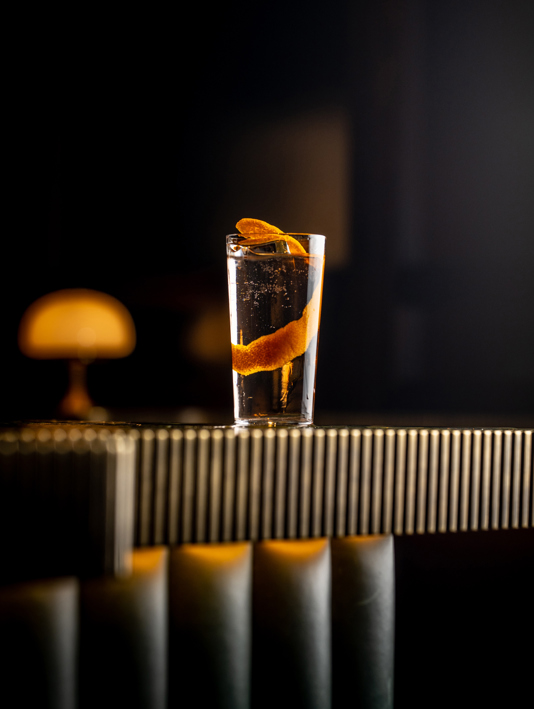
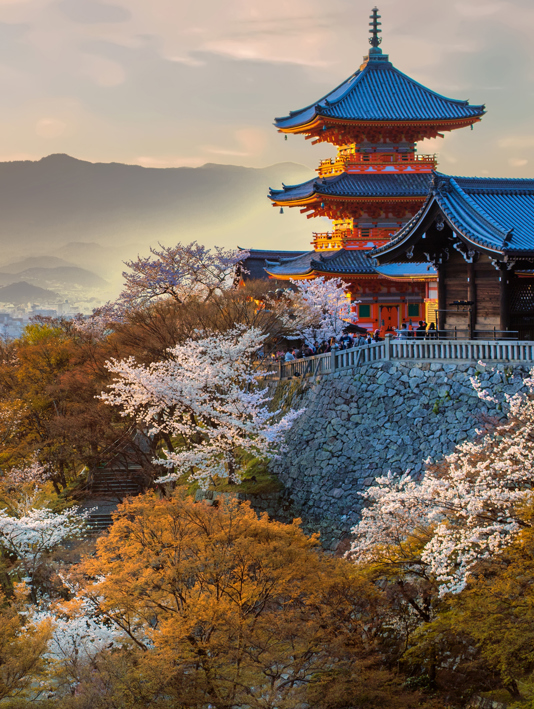
Katana Fizz made with Toku Saké, umeshu liqueur and San Pellegrino Tangerine & Strawberry; Kiyomizudera Temple in Kyoto
I’m also a stationery freak, and there is this amazing shop called Itoya. I’d say, “I’m just going to pop in”, and then spend about six hours there, because my family is obsessed with stationery as well. I’ve bought the ink and paper, but it’s the quality of the pens that I appreciate most. Just when you think there are six thicknesses of nib, there aren’t – there are about 66.
Anything you can do in a city as intense as Tokyo to take time out is great as well. I once had a bit of extra time, and I took a couple of lessons in ikebana flower arranging. I found it so meditative.
Who are your favourite Japanese fashion designers?
Junya Watanabe, Sacai and Comme des Garçons designer Rei Kawakubo. The fabrics (and even scraps of fabrics) and structure are really innovative. So much of Japanese design feels as if there’s been one stroke to make it, and yet it has such complicated construction.
Where in Japan would you like to go next?
I would love to visit the art museums island, Naoshima.


